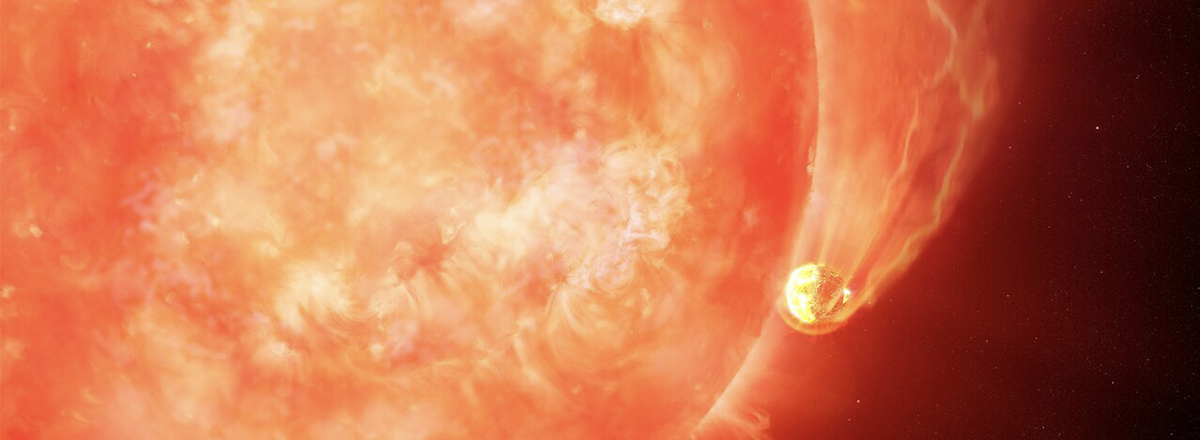Astronomers Spotted a Star Swallowing Its Planet for the First Time
The Sun will swallow the three closest planets to it (Mercury, Venus, and Earth) when it enters the red giant stage in about five billion years. According to scientists, this observation gave the first real idea of how this engulfment occurs.

Astronomers observed how the Sun-like star swallowed a gas giant the size of Jupiter for the first time. The star literally swallowed the planet in just a few months. This process has never been directly observed to date.
When a star runs out of fuel at the end of its life, it expands several hundreds or thousands of times its original size, engulfing nearby planets in the process.
The evidence of planetary engulfment was first spotted in 2020, when astronomers detected a bright flash on a star 12 thousand light-years away, which became 100 times brighter in just ten days.
Further observations showed that the object that caused the flash was about a thousand times smaller than the star itself – it was a planet that its star had swallowed. The star's core ran out of hydrogen fuel, and it began to grow rapidly in size. As it grew, the star's surface reached the planet that orbited around it and swallowed it.
The scientist added that Mercury, Venus, and probably Earth and Mars will experience the same fate at the end of the solar system. Thus, the end of that planet gives a better understanding of what will happen to the Sun and its planets in about 5 billion years.
The data has been published in Nature.

